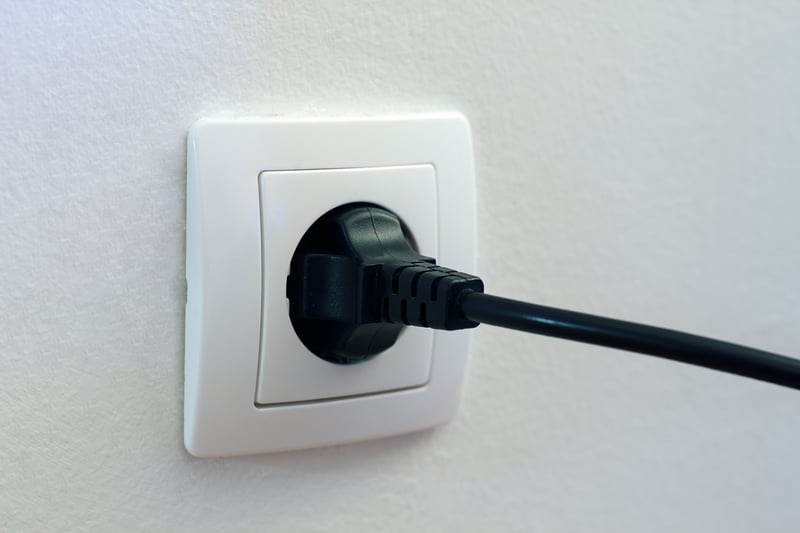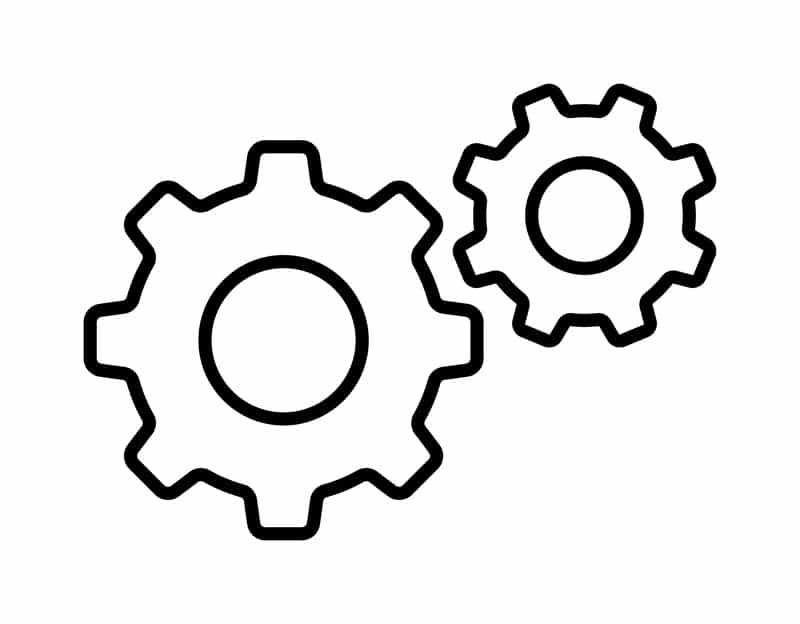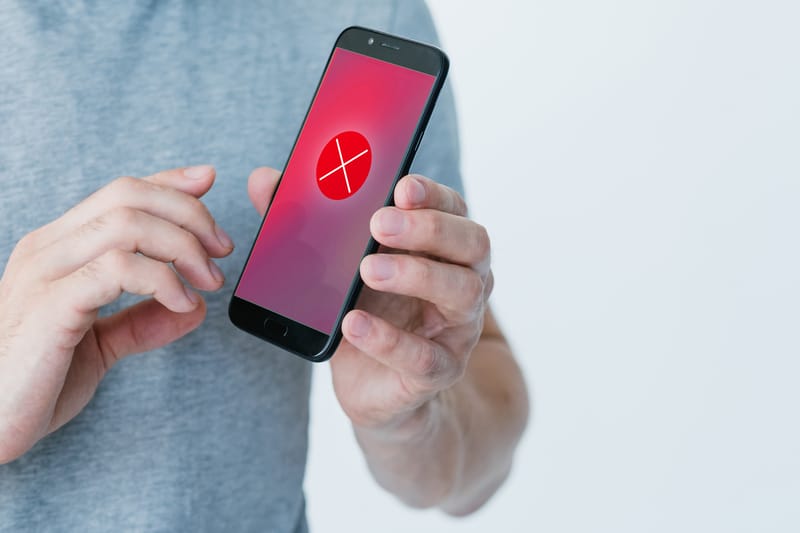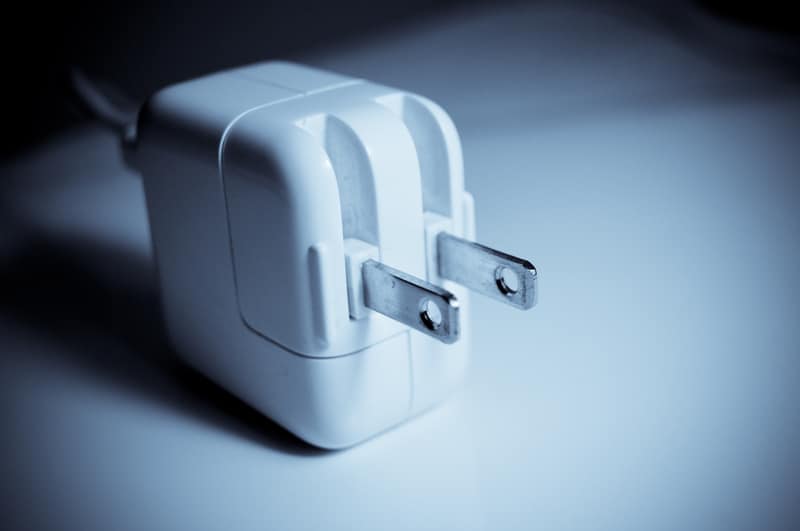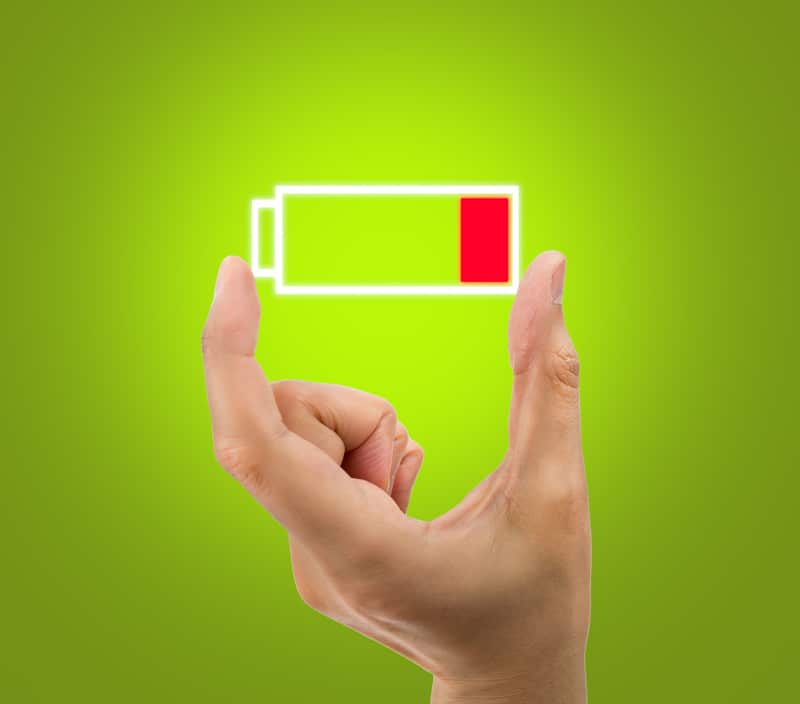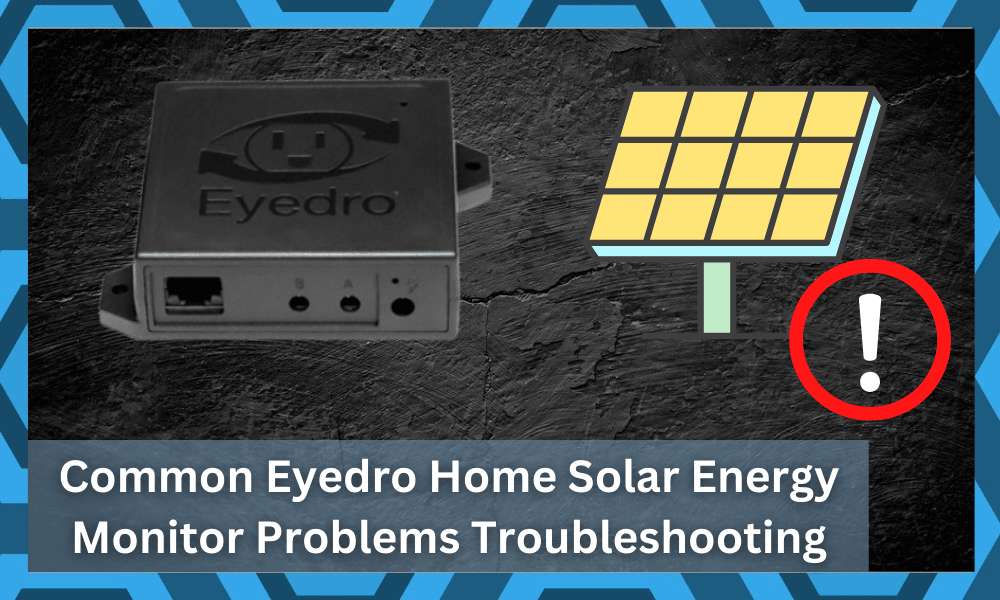
The Eyedro Home Solar Energy Monitor isn’t exempt from problems, just like any other piece of technology.
In this article, we will go through some of the most common problems that customers have reported having with the Eyedro Home Solar Energy Monitor, as well as troubleshooting methods for these issues.
If you are having difficulties with your Eyedro Home Solar Energy Monitor, you will be fully aware of how to do troubleshooting procedures.
Common Eyedro Home Solar Energy Monitor Problems Troubleshooting
- The Display Is Unresponsive
One of the most common issues with the Eyedro Home Solar Energy Monitor is that the display may become unresponsive.
This can cause a great deal of frustration when you are trying to monitor your solar energy production and make adjustments to the device.
Fortunately, there are a few things that you can try to resolve this issue. First, make sure that the device is plugged in and has a working power source.
If the device is not plugged in, then it will not be able to display any information. Second, try resetting the device by pressing and holding the power button for 10 seconds.
If the display is still unresponsive, then you may need to contact customer support for assistance.
Additionally, it is important to note that the display may become unresponsive if the device has been exposed to extreme temperatures or moisture.
If this is the case, then you may need to relocate the device to ensure it is operating properly.
- The Device Won’t Connect To The Network
If you find that your Eyedro Home Solar Energy Monitor won’t connect to the network, there are several potential causes.
Firstly, you should check if your router settings are correctly configured for the device and make sure that you’re in range.
Secondly, it’s worth resetting the device and reconfiguring it to the network. To do this, press and hold the reset button on the back of the device until you hear a beep and see the LED light turn blue.
If the issue persists, then you may need to contact Eyedro’s technical support team. They can provide troubleshooting assistance and answer any further questions you might have.
It can be very frustrating when you are trying to use the Eyedro Home Solar Energy Monitor, only to have the app constantly crashing on you. There are a few steps you can take to try and resolve this issue.
First, try restarting your device. Many times, this can help reset the app and will allow it to run more smoothly.
If that doesn’t work, try reinstalling the app. Uninstalling the app and then reinstalling it can help get rid of any bugs or glitches that may be causing the app to crash.
If those steps don’t work, you should contact Eyedro’s customer service.
Their team can help you troubleshoot any potential problems with the app, and they may even be able to provide a more permanent fix for the crashing issue.
- The Device Isn’t Accurately Monitoring Solar Energy Production
If you’re using an Eyedro Home Solar Energy Monitor, you may find that it isn’t accurately measuring your solar energy production.
This could be due to a variety of reasons, such as incorrect wiring or placement of the monitor.
To ensure accuracy, start by double-checking the wiring of the monitor and making sure it is connected correctly to your solar energy system.
Additionally, make sure that the monitor is properly placed in direct sunlight so that it can receive an accurate signal.
Once you have made these adjustments, you can try resetting the monitor by unplugging it and plugging it back in.
This should reset any errors and help the monitor to start tracking your solar energy production accurately. If this doesn’t work, it may be a good idea to contact Eyedro for further assistance.
- The Device Isn’t Sending Data To The Cloud
If your Eyedro Home Solar Energy Monitor isn’t sending data to the cloud, there are a few potential causes.
First, make sure that you’re connected to your home’s Wi-Fi network. If you’re having issues connecting, be sure to check your network settings and router.
Next, check to make sure the Eyedro device has an active cellular or Wi-Fi connection. If not, you may need to adjust the router settings or contact your internet service provider for help.
Finally, double-check that you’ve set up your device correctly and that the data is being uploaded properly.
You can review this by checking the device settings or the Eyedro app to make sure the device is properly connected to the cloud. If all else fails, you can always reach out to Eyedro’s customer service team for assistance.
- The Device Doesn’t Seem To Be Charging
If your Eyedro Home Solar Energy Monitor isn’t charging, the first step is to check if the device is connected to a power source.
If it is not connected, plug it in and wait for the indicator light to turn green, which indicates that the device is charging.
If the device is connected to a power source but still isn’t charging, you should check the cable and the power adapter.
If the cables are frayed or the adapter is faulty, they may be preventing the device from charging. You should also ensure that the power outlet is working properly by plugging in a different device.
If both of these are functioning correctly, try using a different power adapter or cable.
- The Battery Life Is Poor
If you find that the battery life of your Eyedro Home Solar Energy Monitor is poor, there are a few steps you can take to improve it.
First, ensure that your device is connected to the network and that the app is running.
Also, make sure the device is not in a location with direct sunlight, as this can cause the device to overheat and reduce its battery life.
If these measures don’t help, then consider investing in a new battery or upgrading your current battery. This may be necessary if the battery life has deteriorated significantly over time.
To ensure maximum battery life, keep the device clean, avoid exposing it to direct sunlight, and disconnect the device when it isn’t in use.
Finally, remember to regularly check the battery charge level to ensure that it doesn’t dip too low.
- The Device Is Too Big/Bulky
One of the main complaints about the Eyedro Home Solar Energy Monitor is that it is too big and bulky. This can be an issue for those who don’t have a lot of space in their home or business for the device.
However, this doesn’t have to be a problem. There are some ways to reduce the size and bulk of the device. First, you can mount the monitor onto a wall.
This will save some floor space and can make the device easier to access. Additionally, you can use extension cables to move the monitor further away from the solar panel if needed.
This can also help reduce the amount of space the device occupies. You can also use solar-powered Wi-Fi extenders to reduce the size of the device and get a better signal strength.
These devices use solar power to increase the range of your Wi-Fi network, so you can connect to it even if your router is far away.
- The Device Is Difficult To Install
For many people, the Eyedro Home Solar Energy Monitor can be difficult to install. If you’re not comfortable working with electricity and wiring, it’s best to seek professional help for installation. Here are some tips to make installation easier:
- Make sure you have all the necessary equipment. Check your manual or the product’s website for a list of components that you need to install your device.
- Read through the instructions carefully and familiarize yourself with the setup process.
- Make sure you have all the necessary tools. You will need a screwdriver, a pair of wire strippers, and electrical tape.
- Follow safety precautions when handling electrical equipment. Always wear safety glasses, gloves, and long sleeves when handling wires and other electrical components.
- If you are not comfortable with the installation process, consider hiring a professional. This will ensure that the device is installed correctly and safely.
- The Device Is Difficult To Use
Using the Eyedro Home Solar Energy Monitor can be a challenge for some users, especially those who are unfamiliar with the device or solar energy monitoring in general.
This can lead to frustration and confusion when attempting to use the device. Fortunately, there are several ways to make the device easier to use.
For example, users can consult the Eyedro website for detailed instructions on how to use the device.
Additionally, there is an online community of Eyedro users who can provide helpful advice and tips for using the device. Finally, customers can contact Eyedro’s customer support for further assistance.
In conclusion, using the Eyedro Home Solar Energy Monitor can be challenging for some users, but help is available.
